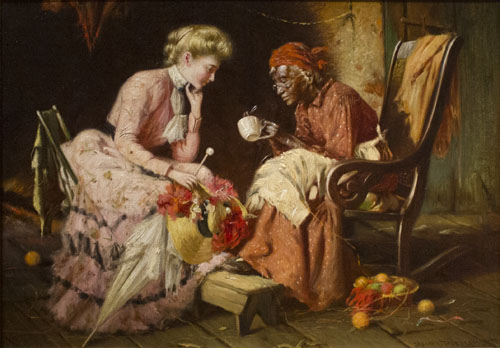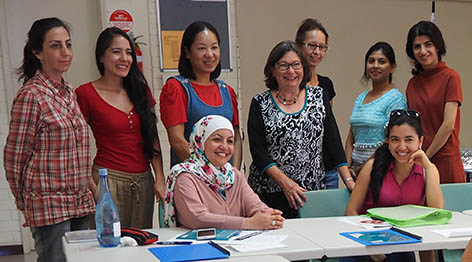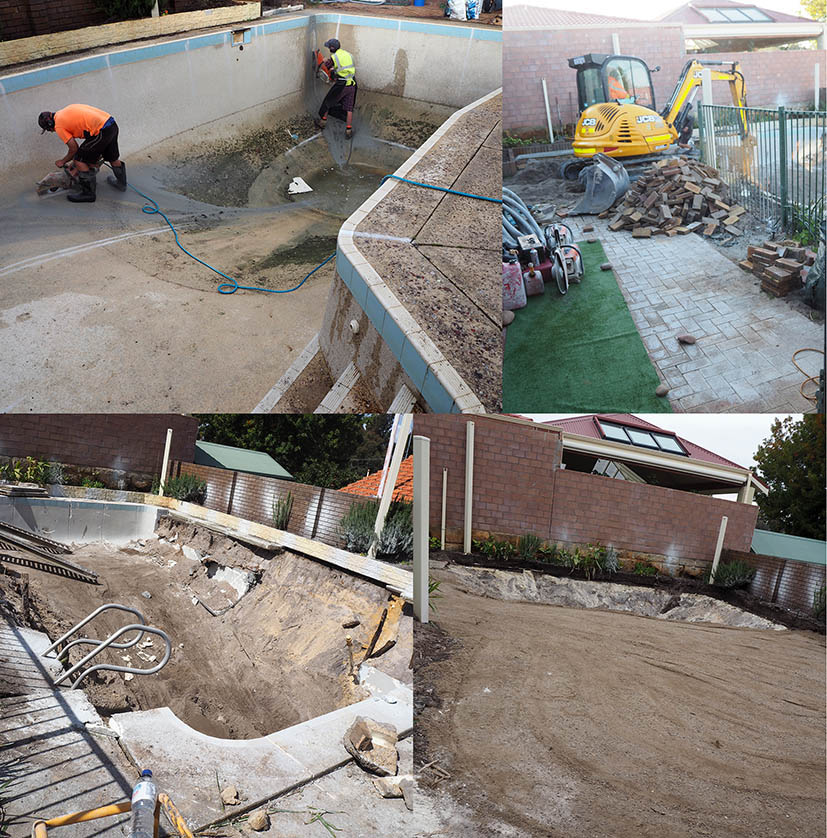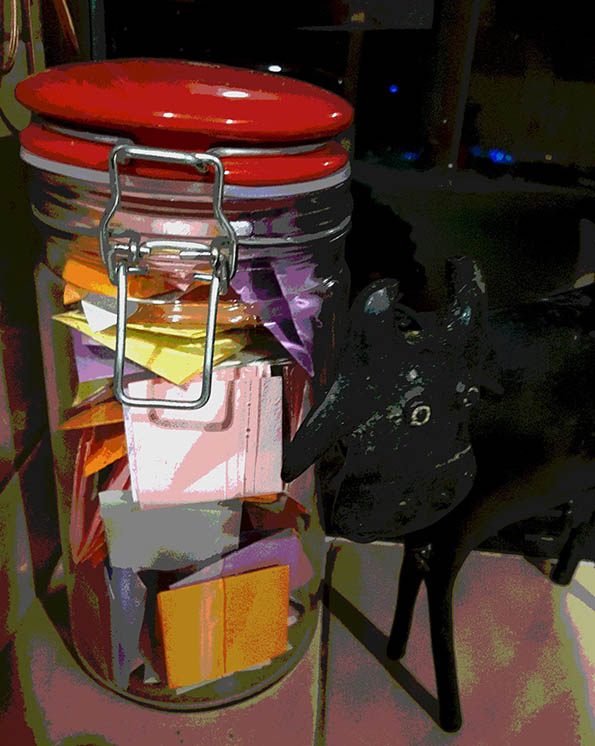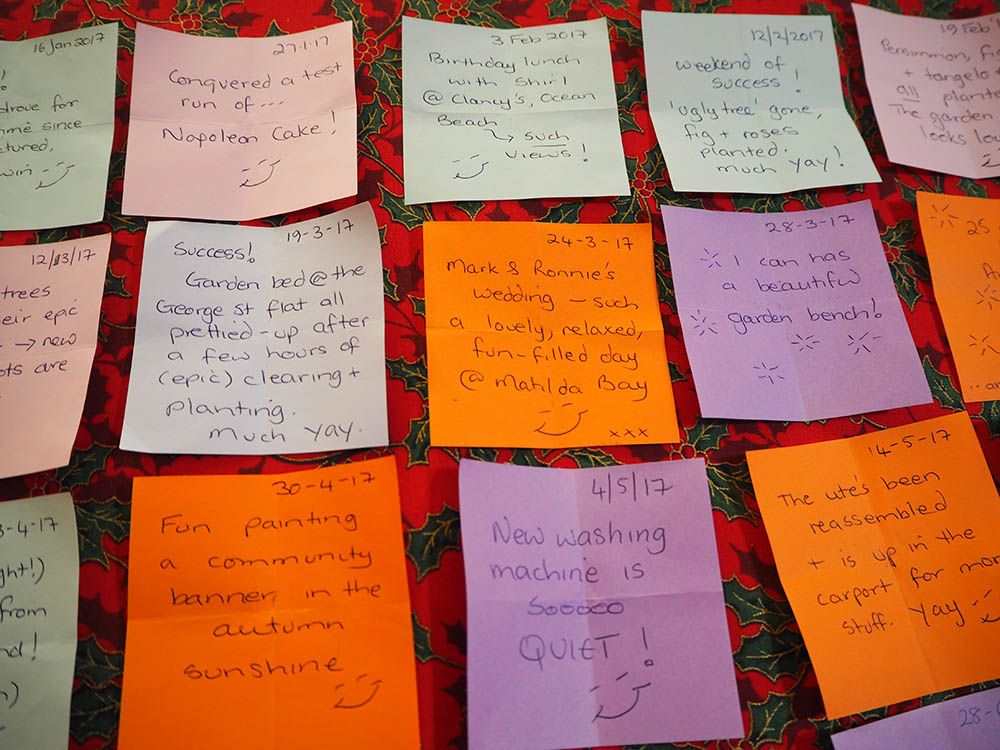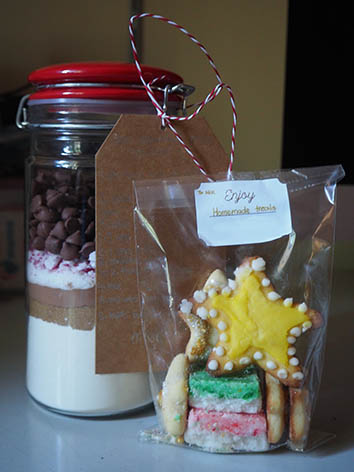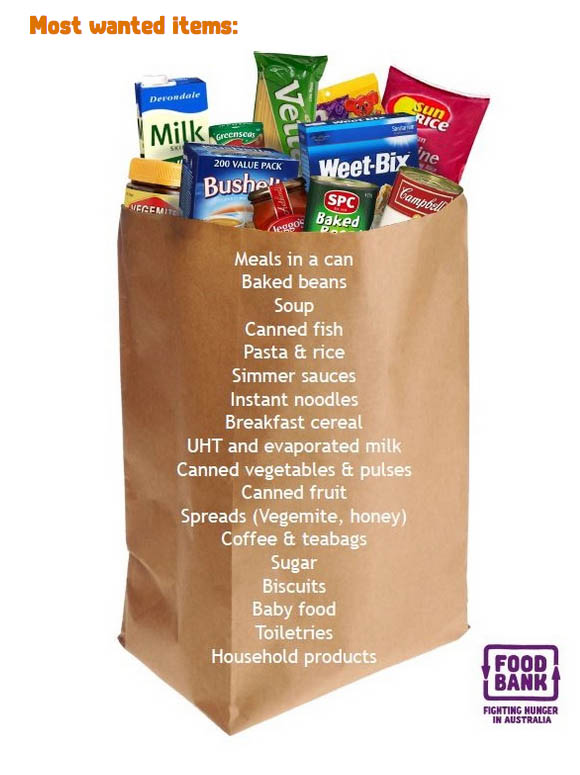The phrase reading the tea leaves carries loads of connotations, most of them based in urban myths and folk tales. It’s an idea that brings gypsies, clairvoyants, dim rooms smelling of incense, tall dark strangers and dire warnings to mind.
Practitioners refer to it as tasseomancy and sell it as way of divining the future by interpreting the patterns left by tealeaves in the bottom of a cup.
Of course, since most people tend to use teabags these days (rather than loose-leaf tea), the practice may have lost a little currency. Somehow reading the teabag doesn’t have quite the same vibe. It just sounds soggy… and messy.
But it seems there’s always a workaround if you’re really keen. No tealeaves? No problem. Apparently coffee grounds or even red wine residue can do the job instead. Who knew?
It might just be me, but neither of those options sounds any more appealing (or reliable) than the soggy teabags. But perhaps that might be a side issue for those searching for signs, portents and clues to help them deal with the indecipherable future and our rapidly changing world.
Whatever works, I guess.
So, do I examine the dregs of my beverages for signs and portents? In short, no.
I’m a pragmatist, which means that I simply accept that life happens and cope with it to the best of my ability. The world changes and I can’t see how inventing rituals could provide me with any comfort or insights. So I don’t read the tealeaves. Nor to I examine my coffee grounds or red wine residue – other than to note that a refill is required!
Even so, one of my siblings refers to reading my blogposts as ‘reading the tealeaves’ – which is what took me down this particular tunnel.
I’m pretty sure that’s simply because my blog’s called Teacup in the Sky. But since Sibling#3 lives a continent away, it’s just as likely that these posts provide him with some tools to build a picture of a sister who migrated across the world half a lifetime ago. Since the posts are generally a brain dump of something I’ve been mulling over, that’s not an unreasonable assessment.
Teacup in the Sky is a tool that helps me to explore ideas, to express myself and make connections. But my virtual tealeaves are nothing more than that. I doubt there’s much to be gained from looking for patterns or trying to analyse the content for insights or seven-deeper-meanings.
Even so, it has made me wonder how carefully people consider what they post online — and whether readers do, in fact, look for deeper meanings or life-clues in the posts.

